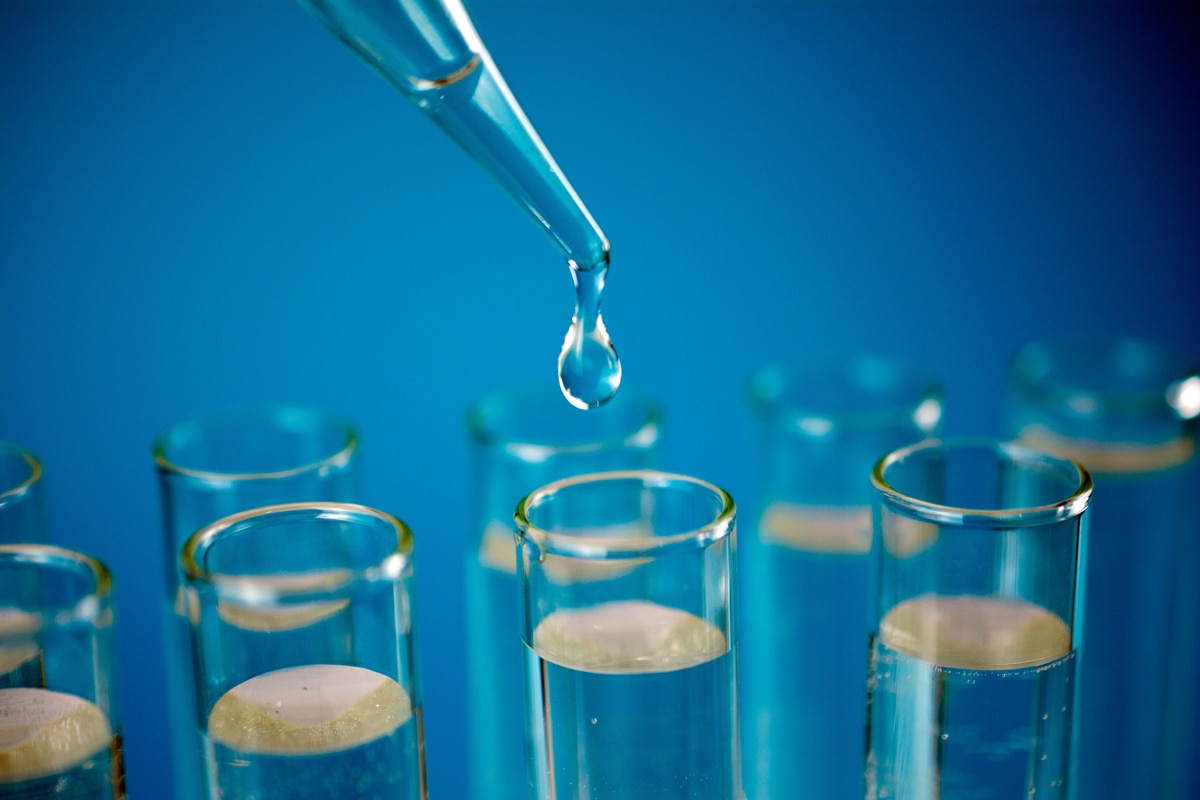The 5-Minute Rule for Bacteria Testing
Wiki Article
Bacteria Testing Can Be Fun For Anyone
Table of ContentsTop Guidelines Of Bacteria TestingHow Bacteria Testing can Save You Time, Stress, and Money.All About Bacteria TestingFacts About Bacteria Testing UncoveredExcitement About Bacteria TestingThe 25-Second Trick For Bacteria Testing
Coliforms are microorganisms that are always existing in the gastrointestinal tracts of pets, consisting of humans, and are located in their wastes - Bacteria Testing. They are also found in plant and dirt material. Water air pollution triggered by fecal contamination is a major issue because of the potential for having illness from pathogens (diseasecausing microorganisms)
Complete coliform counts offer a general sign of the hygienic problem of a water system. consist of germs that are found in the dirt, in water that has actually been affected by surface area water, and in human or animal waste. are the group of the overall coliforms that are thought about to be existing particularly in the intestine and feces of warm-blooded animals.
The Best Strategy To Use For Bacteria Testing

Recent break outs of condition created by E. coli 0157: H7 have generated much public worry regarding this organism. E. coli 0157: H7 has been located in cattle, chickens, pigs, and lamb.
Checking for germs is the only trustworthy means to know if your water is secure. You can not inform by the look, preference, or scent of the water if disease-causing microorganisms are in it.
More About Bacteria Testing

Although total coliforms can come from resources apart from feces, a favorable complete coliform example ought to be taken into consideration a sign of contamination in your well. Favorable fecal coliform outcomes, especially positive E. Coli results, should be taken into consideration indicator of fecal contamination in your well. When coliforms have been found, repair services or alterations of the water system may be called for.
A faulty well is usually the reason when coliform bacteria are found in well water. - seals around cables, pipes, and where the cap fulfills the housing may be broken, allowing contaminants - fractures or holes in the well casing allow water that has not been filteringed system through the dirt to get in the well.
Getting My Bacteria Testing To Work
official site The U. S. Environmental Protection Company (EPA) requires public water supply to routinely examine water for complete coliform germs and E. coli. Safe drinking water does not have E (Bacteria Testing). coli or various other microorganisms in it. Right here are some recommendations on exactly how to avoid and resolve coliform microorganisms contamination: Secure Your Well by creating it in a safe placeYou are responsible for keeping your well water risk-free and screening it as needed. You can also call your region to see if they have any type of programs to make screening your water simpler.
Decontaminate your well with a chlorine remedy, using the very same Well Disinfection actions as above. Evaluate your well water once again after disinfection to confirm there are no coliform bacteria. You can utilize the water once again, without steaming, when the well has actually been sanitized and the water no longer checks positive for coliform visit this site microorganisms.
Not known Factual Statements About Bacteria Testing
Your public water system is routinely checked for coliform bacteria. The system will issue a public notification within 24 hours if it identifies E. coli.
You can locate the coliform microorganisms test results for the systems offering places aside from where you live by speaking to the water system.
The National Ground Water Organization (NGWA) advises well proprietors check their water at the very least annually for germs, nitrates, and any type of pollutants of neighborhood worry. Much more regular testing ought to be considered if: There is an adjustment in the taste, odor, or look of the well water, or if a problem happens such as a broken well cap, inundation by floodwaters, or a new contamination resource The well has a try this site history of microbial contamination The septic system has actually recently malfunctioned Relative or home visitors have persistent events of intestinal ailment An infant is staying in the home, or To keep an eye on the performance and performance of home water therapy tools.
The Best Strategy To Use For Bacteria Testing
Additional tests might be advised if water appears gloomy or oily, if microbial growth is noticeable on components, or water treatment tools are not working as they should. Inspect with your water well professional, state department of natural deposits, or regional wellness department for info on local water quality concerns.Examine your water at least 2 times a year. Call a public wellness inspector to see what's best for your water supply. Coliforms are a group of germs that are practically all over. They remain in soil, plants, sewage, and manure. E. coli are bacteria that people and some pets have in their intestines.Report this wiki page